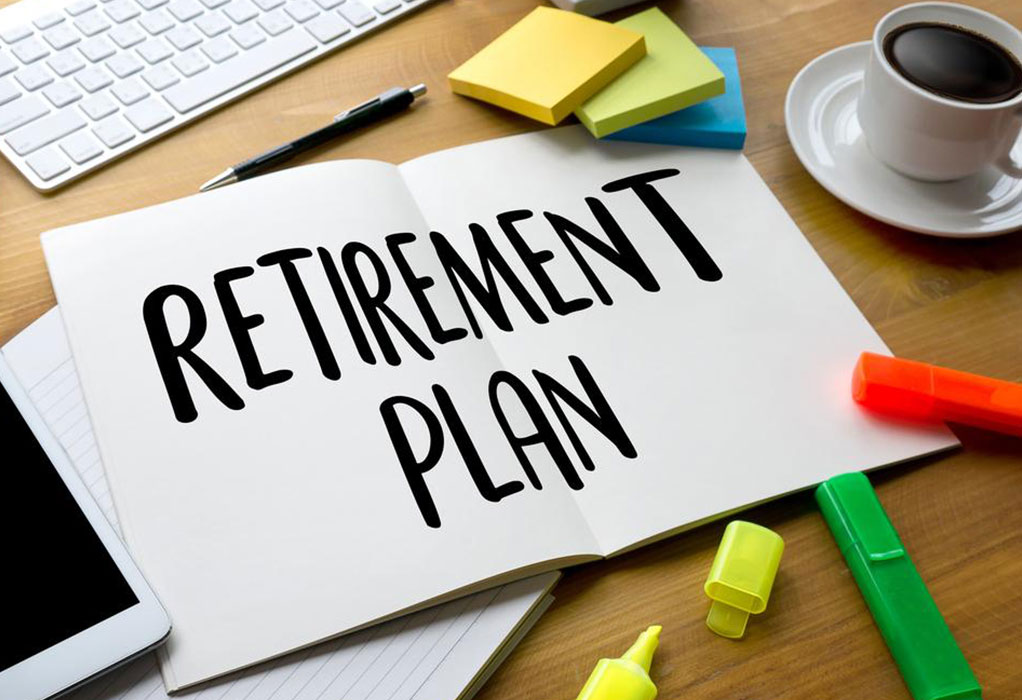How To Retire As A Millionaire
An individual always strives hard to reach a point in life where he can be satisfied with all his desires and wants. To be a millionaire is something that one always desires for. However, not everyone has the fortune to do so in a lifetime, but some do make it big in life. The average citizen of the country has to plan and work towards it to ensure that the dream becomes a reality with time.

So, what would be the plan of a person who wants to be a millionaire by the time they retire? It is an interesting question and these points will help you achieve what you want as you walk through all the stages of your life.
The 20s: The beginning of something big
Chances are strong that when you are in your early or mid-20s, you have begun your work life either setting up your own business or gaining employment at a company. Having a 401(k) plan that levels with your contributions are a great start. But even when you don’t, you can look out for mutual funds with minimal fees and high returns. Foreseeing your retirement savings matters.
Even though it takes time for salary to increase at a greater level than when you start off, you can look to set aside $100-200 every month in a savings account, which will also pay you interest.
The 30s: Taking off from where you began
A decade passes, things change but you need to stick to your plan. On an estimate, you might have saved up around $50000 which is a good amount by all means. Yet with many people, it is in the 30s that responsibilities and commitments due to social obligations or personal interests rise tremendously. So even with a bigger paycheck, you could find it difficult to save up as easily as you did in your 20s.
Yet the possibilities of increasing the amount to $400-500 a month as savings in your account or a contribution to your 401 (k) plan could help tremendously and set you up well for your 40s.
The 40s: Steady but still on the run
This is the time when you would have been halfway through your professional career, assuming that most professions in the country ask a person to retire in their mid-60s. But the key remains to not take your foot off the pedal, even as your savings must have shot up to $150000-200000. You can start putting in $500-600 a month as contributions to your retirement fund.
The 50s: Save and contribute more
This is a time when you need to be more aware of market risks potentially affecting your investments although your savings must have risen to anywhere between $400000 and $500000. You can now put in $700-800 a month in your investment fund. Learning to manage at this age would be an asset.
The 60s: Manage your victory
Once you have reached this phase, you might have saved quite a lot in your savings account. The last challenge to deal with is keeping your eggs in more than one basket when it comes to investing, so that market fluctuations and inflation don’t devalue your investments and contributions.




